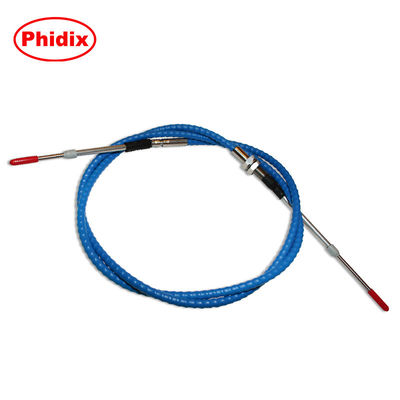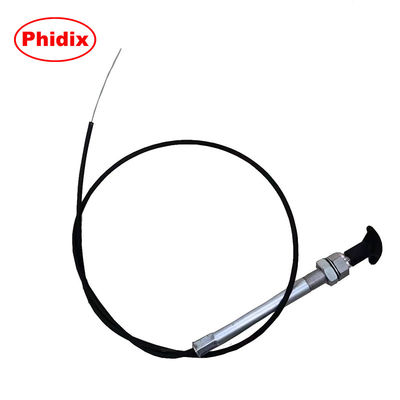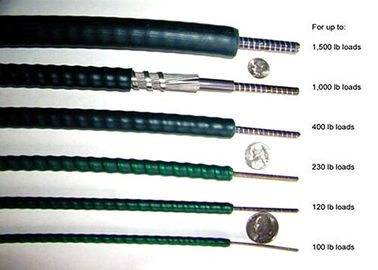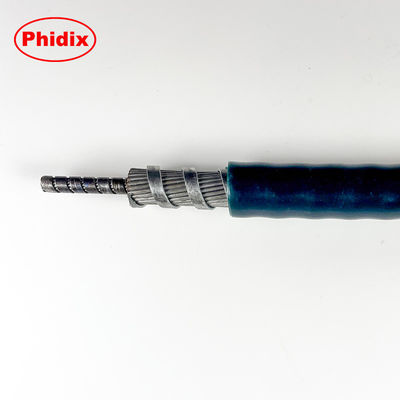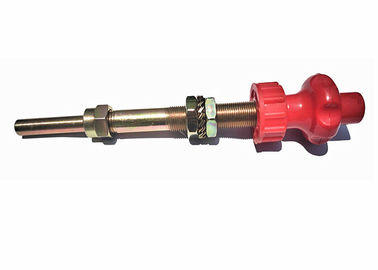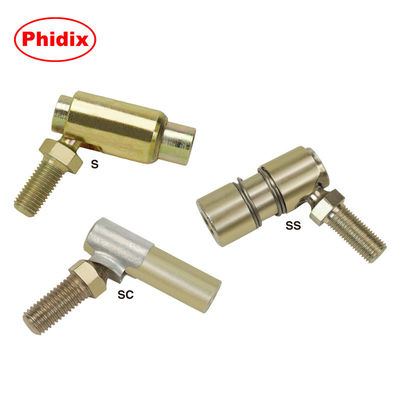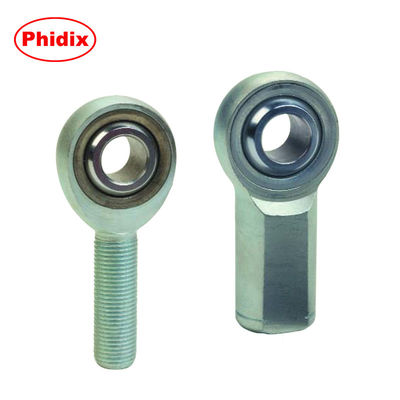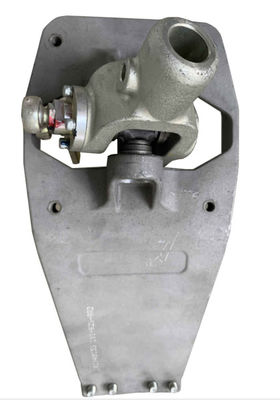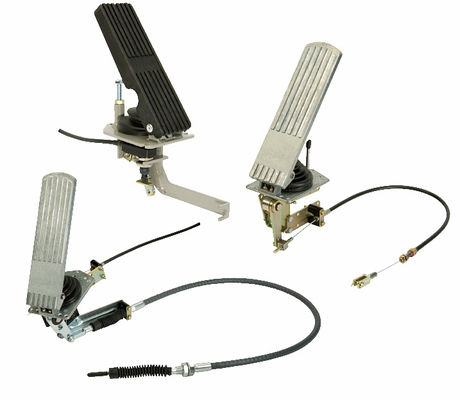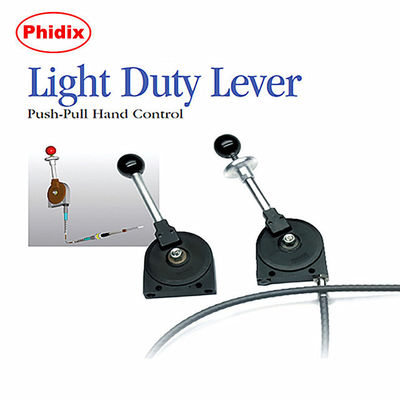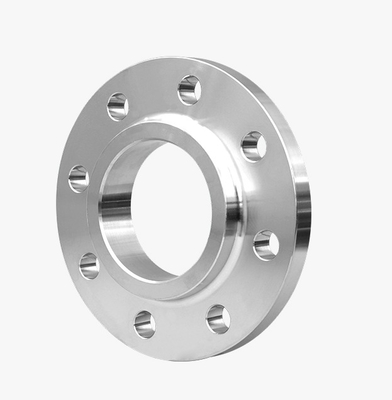Why Inner Wire Core Selection Matters More Than You Think
To many, the inner wire core of a control cable is just a small component. But to OEMs designing complex mechanical control systems, it can be the make-or-break element that determines whether your system runs smoothly for 5,000 cycles—or fails after 500.
Inner cores transmit the mechanical force—either in push, pull, or combined motion—and their structure directly affects resistance, return behavior, fatigue, and routing flexibility.
For OEMs, choosing the wrong wire core can mean warranty failures, increased return rates, and reputational damage. That’s why structure, material, and—critically—manufacturing quality all matter.

tructure Defines Performance: 1x7 vs 7x7 vs 7x19
Each strand configuration comes with its own trade-offs. Here's how they typically compare:
|
Core Type
|
Push Stiffness
|
Bend Flexibility
|
Common OEM Use Cases
|
|
1x7
|
High
|
Low
|
Choke controls, HVAC dampers, rigid routing
|
|
1x19
|
Medium-High
|
Medium
|
Motorcycle throttles, lawn mowers, light push-pull systems
|
|
7x7
|
Medium
|
High
|
Marine levers, recliners, general OEM lines
|
|
7x19
|
Low
|
Very High
|
Seat releases, articulated joints, tight-bend paths
|
Selecting the wrong structure can cause:
• Buckling in push mode
• Poor return in pull mode
• Premature strand breakage under fatigue
Why OEMs Need More Than Just a Good Drawing
Even with the right structure selected, the manufacturing consistency determines real-world behavior. A poorly stranded 7x7 core may look identical to a precision one but act completely differently after 1,000 actuations.
At Phidix, all inner cores are manufactured under an IATF 16949 quality system, which ensures:
• Tight diameter control
• Balanced strand lay and pre-tensioning
• Fatigue-resistance through batch-controlled annealing
• Optional PTFE coating for low-friction sliding
You don’t just get a core—you get a performance guarantee built into the manufacturing process.
Common Questions from OEM Customers
1.Can we customize the strand structure for tighter bend paths?
Yes, we regularly supply 7x19 and flexible-core hybrids for articulated systems.
2.What’s the maximum push force for a 1x19 stainless core?
Depends on routing and length, but we can simulate the load under your conditions.
3.Can we match the inner core with preassembled outer conduit?
Absolutely. We supply matched inner + outer assemblies with fitted ends.
4.Can you provide batch test data or fatigue reports?
Yes. Our lab conducts cycle and tensile testing per IATF protocol.
5.Can you integrate branding or traceability into the core?
We can apply batch laser markings or sleeve identifiers as needed.
Real Support for Real Engineering
Whether you're designing throttle cables for a small engine OEM, or building 10,000 actuator lines for an industrial recliner, our engineering team supports your:
• Structure-matched core selection
• Routing & stress simulations
• Pre-production sampling & testing
And because we understand that performance isn't just a drawing, we build our quality in at the strand level.

Ready to Design Better Cables?
Tell us about your system and operating requirements. Our engineers will recommend the best-fit core type—and send you samples if needed.
[Contact Phidix Technical Team]

 Your message must be between 20-3,000 characters!
Your message must be between 20-3,000 characters! Please check your E-mail!
Please check your E-mail!  Your message must be between 20-3,000 characters!
Your message must be between 20-3,000 characters! Please check your E-mail!
Please check your E-mail! 
